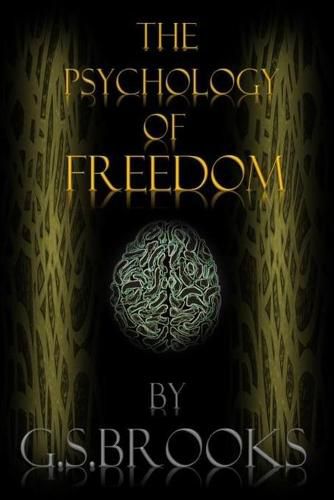Readings Newsletter
Become a Readings Member to make your shopping experience even easier.
Sign in or sign up for free!
You’re not far away from qualifying for FREE standard shipping within Australia
You’ve qualified for FREE standard shipping within Australia
The cart is loading…






A non-fiction book that describes the difference between mental and physical confinement. One can be physically liberated but mentally they are confined; as well one can be physically confined and mentally and spiritually free. It is an analytical look at the origin of police enforcement in the U.S. (and their behavior within inner cities), defense attorneys relationships with their clients, district attorneys function in the court room, and sitting judges practices and bias against poor defendants. It defines how the US judicial structure perpetuates crime and mass incarceration. This book describes a prisoners experience in correctional institutions, while seeking psychological freedom. It broaches how prison in and of itself creates prison orientated pathologies; that prisoners themselves are not aware exists and if not treated can last a lifetime. It describes the criminal justice system and how it affects the psyche as well as the broader society (family, friends, the community and the general public). It details the daily behavior patterns of prisoners, correctional officers and correctional staff, and suggest how pathology’s are created by this strict totalitarian society. It also suggest possible solutions for prison reform.It is an inside look at prisoner relationships with women (partner, spouses etc.), family, friends, fellow prisoners and correction staff. It details how a prisoner can attain mental freedom and use the skills that he or she has obtained from the street (and prison) to design a life of success for themselves outside of prison walls.
$9.00 standard shipping within Australia
FREE standard shipping within Australia for orders over $100.00
Express & International shipping calculated at checkout
A non-fiction book that describes the difference between mental and physical confinement. One can be physically liberated but mentally they are confined; as well one can be physically confined and mentally and spiritually free. It is an analytical look at the origin of police enforcement in the U.S. (and their behavior within inner cities), defense attorneys relationships with their clients, district attorneys function in the court room, and sitting judges practices and bias against poor defendants. It defines how the US judicial structure perpetuates crime and mass incarceration. This book describes a prisoners experience in correctional institutions, while seeking psychological freedom. It broaches how prison in and of itself creates prison orientated pathologies; that prisoners themselves are not aware exists and if not treated can last a lifetime. It describes the criminal justice system and how it affects the psyche as well as the broader society (family, friends, the community and the general public). It details the daily behavior patterns of prisoners, correctional officers and correctional staff, and suggest how pathology’s are created by this strict totalitarian society. It also suggest possible solutions for prison reform.It is an inside look at prisoner relationships with women (partner, spouses etc.), family, friends, fellow prisoners and correction staff. It details how a prisoner can attain mental freedom and use the skills that he or she has obtained from the street (and prison) to design a life of success for themselves outside of prison walls.